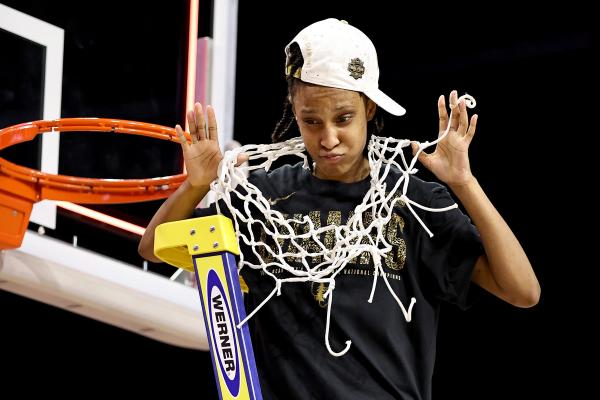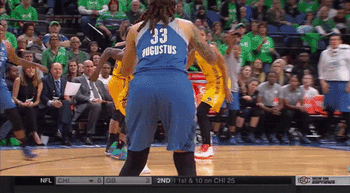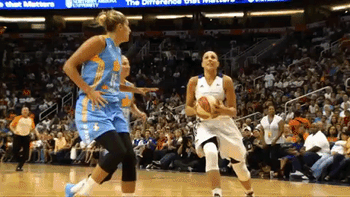NCAA women’s basketball tournament sees exponential growth since utilizing the March Madness branding

The GIST: This year’s women’s March Madness is expected to outperform the men’s across a variety of metrics, in large part thanks to Sedona Prince’s whistleblowing in 2021 that shed light on the gender disparity between the men’s and women’s tournaments. Here’s how the competition has grown in the years since.
📈Demand for the women’s tournament is reflected by surging ticket prices that are surpassing the men’s. The get-in cost for the women’s Final Four is $474 per ticket, compared to $342 for the men’s Final Four. Despite the price hike, this year’s tournament has already sold more tix than last year — but supply does influence demand.
- The women’s Final Four takes place at Cleveland’s Rocket Mortgage FieldHouse with a 19.5K capacity, while the men’s will be at Glendale’s 63.4K-seater State Farm Stadium. Since locations are chosen years in advance, these decisions don’t reflect the rapid growth of women’s basketball since 2022.
👀 ESPN — which will air the women’s tourney through 2032 — recorded its most-watched women’s basketball regular season since 2009. Average viewership for the 81 games was up 37% YoY as 272K average viewers tuned in across linear and digital channels, while matchups aired exclusively on ESPN and ABC channels averaged 476K viewers.
📺 NBC and Fox leaned into content creation and coverage around Iowa star Caitlin Clark, but now it’s ESPN’s time to shine. The network is sending broadcasting legend Holly Rowe to Iowa City as the designated beat reporter for Clark during March Madness, where she will be the only sideline reporter for any of the first or second-round games. The beat just got sicker.
💰 Some NCAA rules previously meant to boost the women’s game don’t make sense anymore. Unlike the men’s, the women’s tourney offers home-court advantage to boost attendance. While this is no longer an issue, the financial structure still is: All revenue (including ticket sales) goes to the NCAA, not the host school.
Zooming out: Once Prince showed the disparity between the tournaments and the NCAA decided to apply March Madness branding to the women’s tourney, the hype and exposure followed soon after. It’s clear the lack of branding was holding the women’s game back, and that interest in the women’s Madness can rival the men’s. Green lights forever.
Enjoying this article? Want more?

Sign up for The GIST and receive the latest women's sports business news straight to your inbox three times a week





